Michelangelo Buonarroti and Sebastiano del Piombo in dialogue in an exhibition in Viterbo: from October 30, 2022 to January 15, 2023, the city of the Popes will in fact host the exhibition Michelangelo and the Sistine Chapel. Drawings from the Casa Buonarroti Foundation in Dialogue with Sebastiano del Piombo, which places the Florentine artist’s drawings for the Sistine Chapel side by side with the Venetian’s panels at the Museo dei Portici of Palazzo dei Priori in Viterbo.
Between 1512 and 1516 can be dated the beginning of the collaboration between Michelangelo and Sebastiano del Piombo, who, precisely in this time frame, produced his masterpiece, the Pietà, which together with the Flagellation of Christ, both owned by the city of Viterbo, and a select florilegium of drawings from the Florentine institution, make up one of the most interesting exhibitions on the current Italian cultural scene. The exhibition, the brainchild of the City of Viterbo’s Councillor for Beauty Vittorio Sgarbi, curated by Cristina Acidini and Alessandro Cecchi, respectively President and Director of the Casa Buonarroti Foundation in Florence, and produced and organized by the City of Viterbo and the MetaMorfosi Association in collaboration with the Casa Buonarroti Foundation in Florence, aims to trace the long and complex creative process of Michelangelo, who was called upon to carry out the decoration of the Sistine Chapel at two different times. Between 1508 and 1512, he carried out the titanic feat of decorating the Sistine Chapel’s Vault, which forced him to work for months with his head up, lying on scaffolding behind the vault. It was not until twenty years later that he finally completed the decoration of the Chapel, creating the celebrated Last Judgment on the altar wall between 1535 and 1541.
In the section devoted to the Sistine vault, the exhibition brings to the display a selection of drawings made by Michelangelo that later flowed into cartoons for transfer to the wall in anticipation of fresco painting. These sheets range from studies of individual limbs, isolated figures of ignudi reggifestone, and figures in the most varied positions, with masterpieces such as the studies, in two sheets, for the Expulsion from the Earthly Paradise of the Vault. The second part of the exhibition includes preparatory drawings for the Last Judgment, from the overall study to those for individual figures, accompanied, in closing, by antique copies of the figures of the Damned, testifying to how the great fresco had become a text of study for generations of artists. The exhibition also features a cycle of ten-table engravings in burin by Mantuan Giorgio Ghisi, dating from the late 1640s ,which testifies to the great admiration aroused in the decades to follow by the work and the profound studies that followed. Also present is an engraving by Francesco Barbazza based on a drawing by Francesco Pannini, son of the famous Roman vedutista Gian Paolo, which came out of the Roman Calcografia Camerale testifying to what the Sistine Chapel looked like in 1766.
“It had never happened,” comments Vittorio Sgarbi, "that Sebastiano del Piombo’s two masterpieces, preserved in Viterbo and now housed in a new display in the Palazzo dei Priori, were compared with Michelangelo’s drawings from the Casa Buonarroti, relating to the two phases of the Sistine Chapel. The juxtaposition is all the more useful because on the back of one of the two panels, the Pieta, we see some drawings that are very difficult to attribute to either painter, since, as Vasari guessed, they express a single vision and a single feeling. Vasari dislikes Sebastiano del Piombo, and reduces him to an executor who merely finished “with much diligence” an invention of the master. I believe the opposite: the strength of the painting is in its Stimmung, in the nocturnal atmosphere that is the painter’s, the set designer’s. But, if not the whole design, the powerful idea of the Pieta goes back to Michelangelo’s plastic. It is an obvious connection. And, again, the energetic Study for the Adam of the Expulsion from Paradise and the Flagellation of Viterbo indicate an identity of conception, that which, precisely in drawing, unites the two painters."
Metamorphosis Association President Pietro Folena says, "Michelangelo and the Sistine Chapel. The Drawings of the Casa Buonarroti in Dialogue with Sebastiano del Piombo is an exhibition desired in Viterbo by Vittorio Sgarbi, which finally realizes an old dream that MetaMorfosi, together with the late Pina Ragionieri, then president of Casa Buonarroti, had cultivated: to bring together in an operation of great interest to scholars, enthusiasts and the general public, two absolute geniuses of Italian art linked by a very special bond of friendship, esteem and collaboration that finds its consecration in Viterbo. The merit of this not-to-be-missed exhibition is therefore to create a spark between the Venetian Sebastiano Luciani, later known as Del Piombo, and Michelangelo around the preparation of the masterpiece that definitively consecrated him. I therefore thank, in addition to Sgarbi, the City of Viterbo, and the Casa Buonarroti Foundation for their willingness. The autumn-winter of 2022/2023 thus truly offers a unique cultural experience in the wonderful capital of Tuscia."
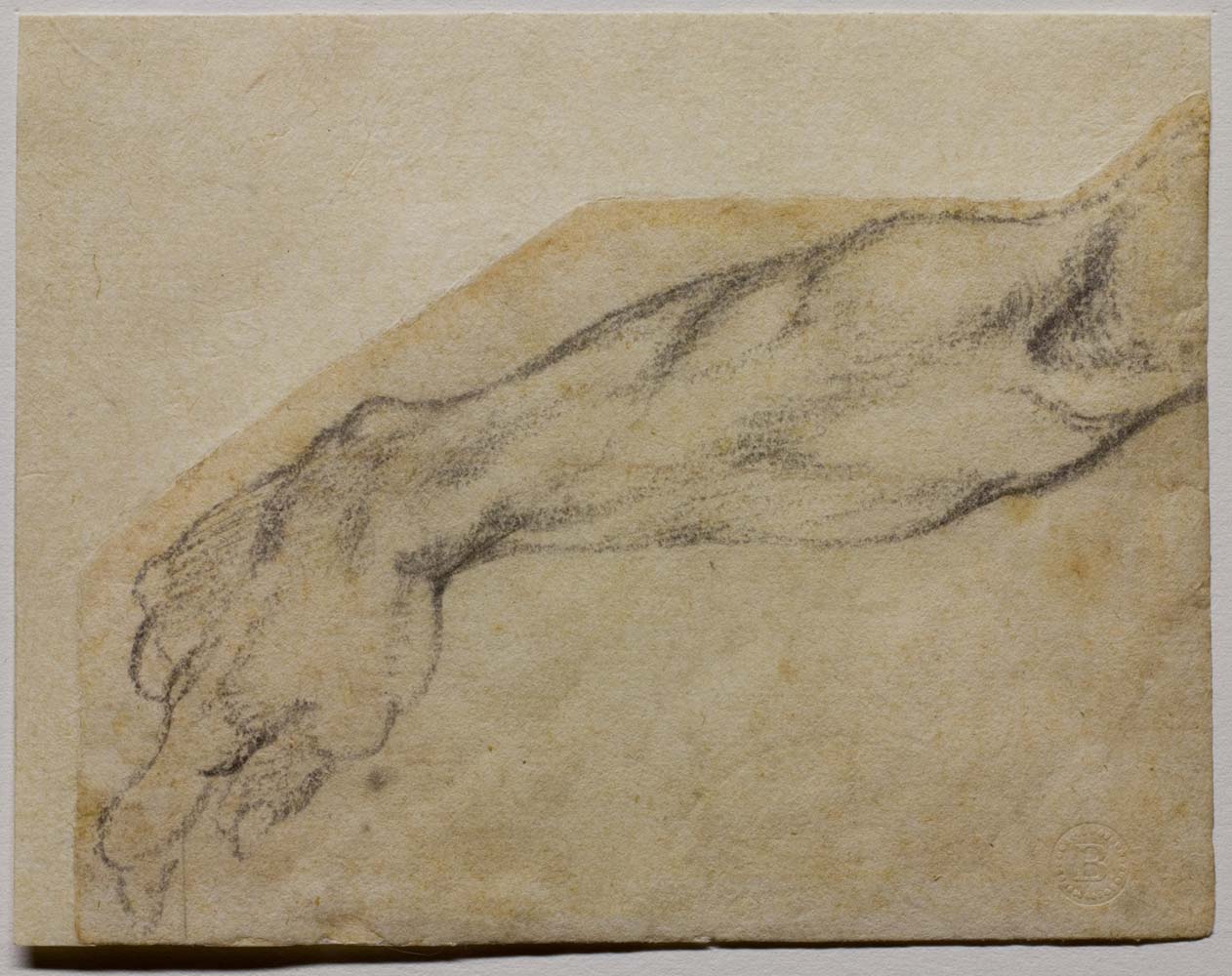

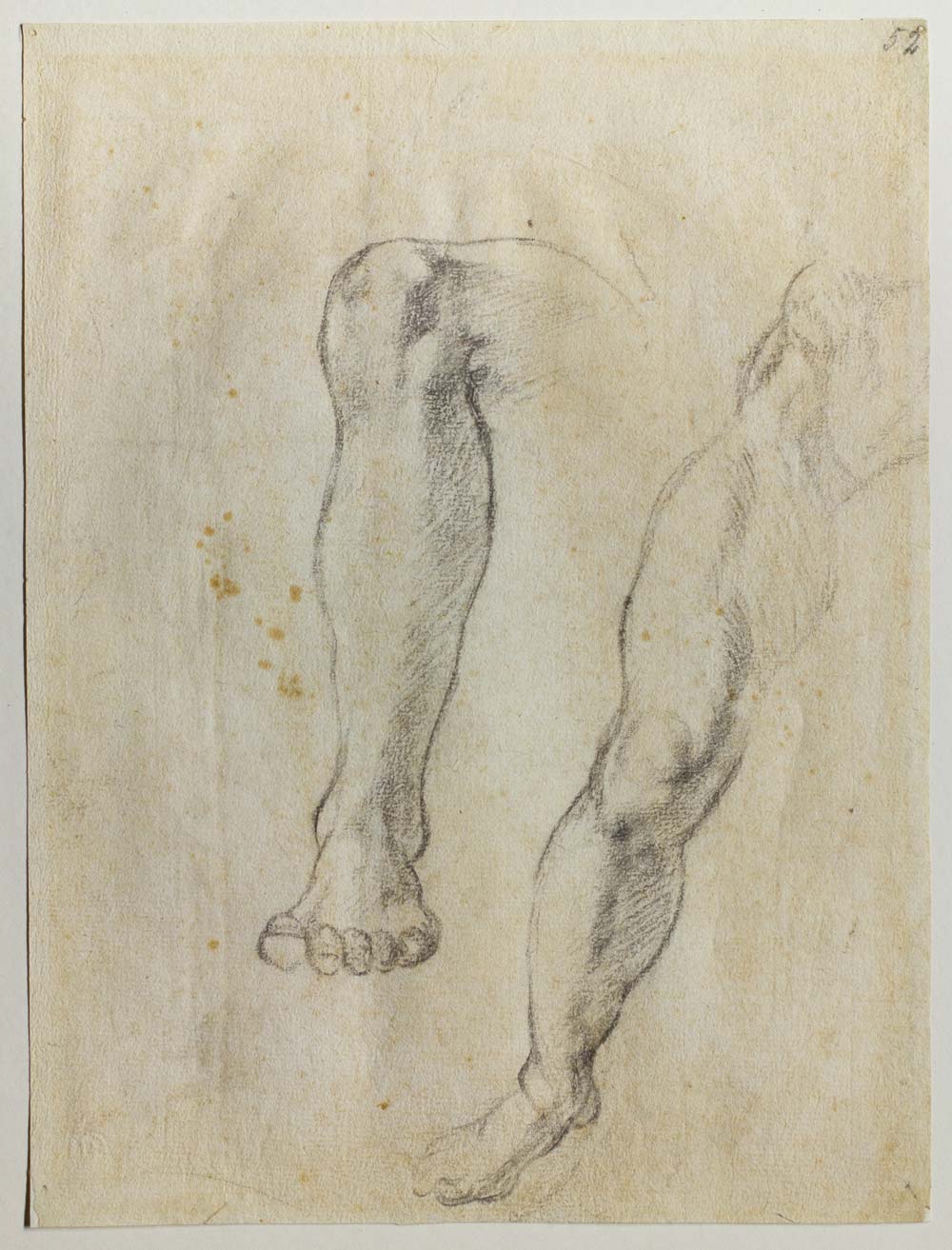 Michelangelo
Michelangelo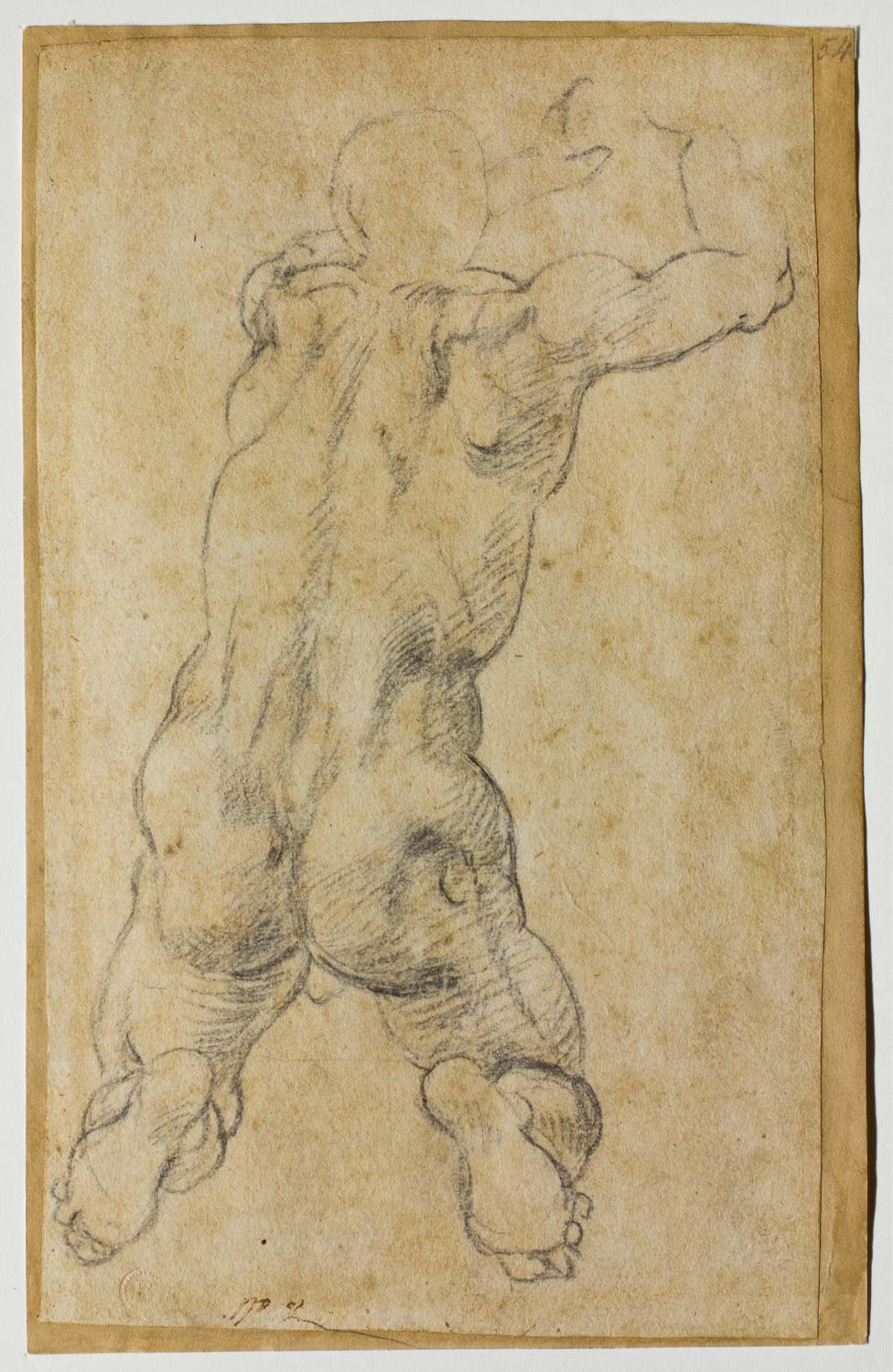 Michelangelo Buonarroti,
Michelangelo Buonarroti, Michelangelo Buonarroti, Study for
Michelangelo Buonarroti, Study for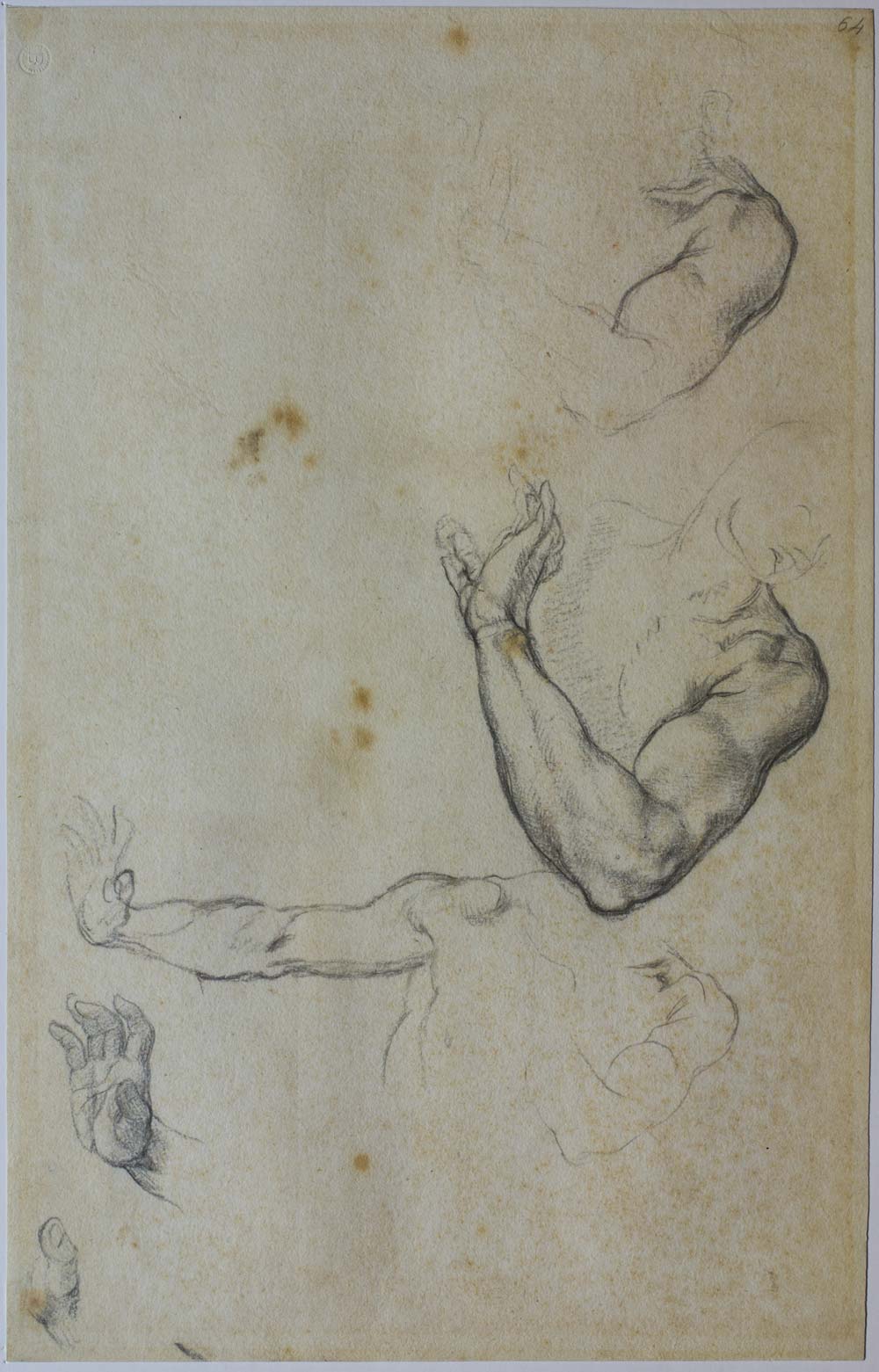 Michelangelo
Michelangelo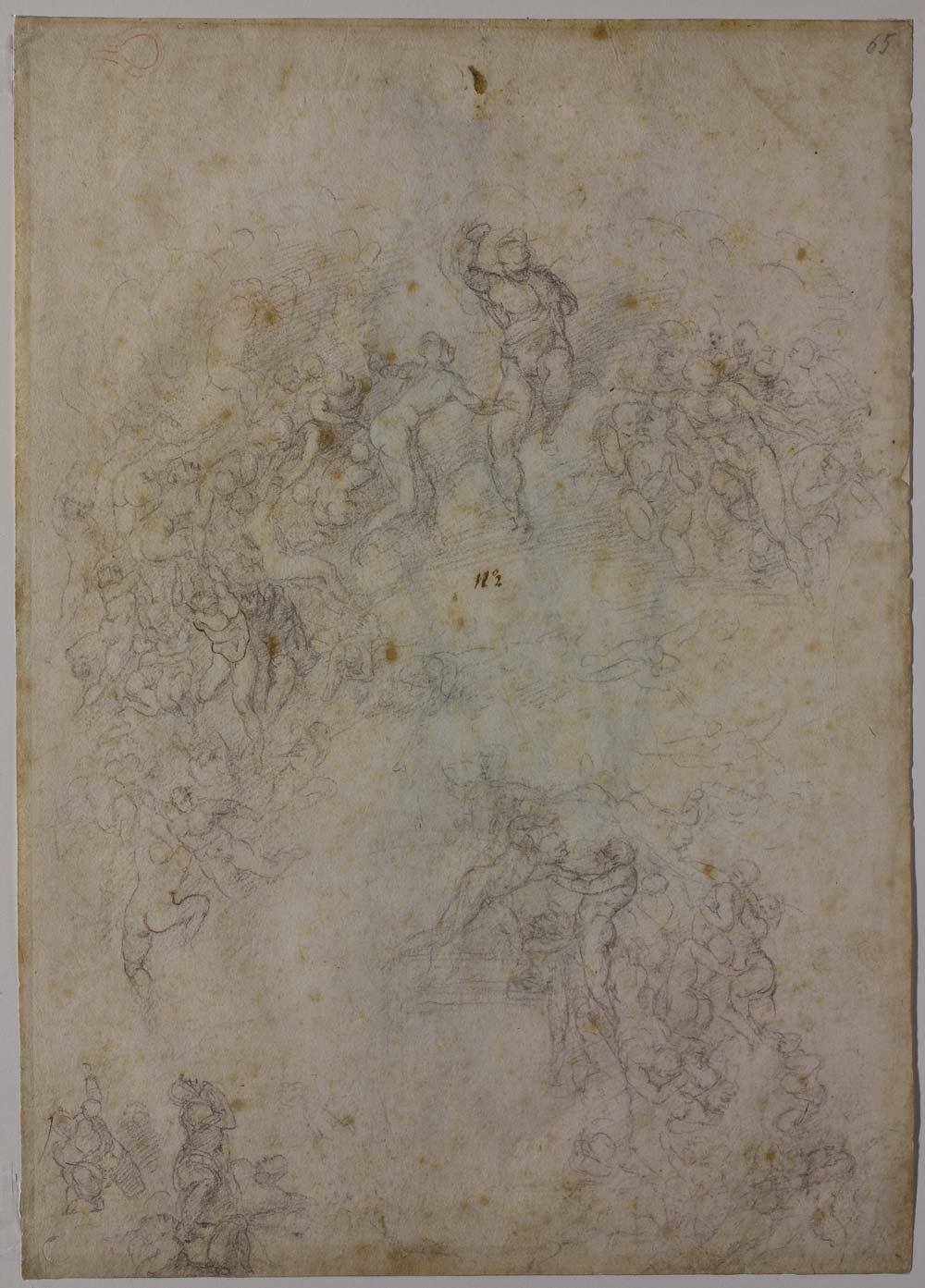
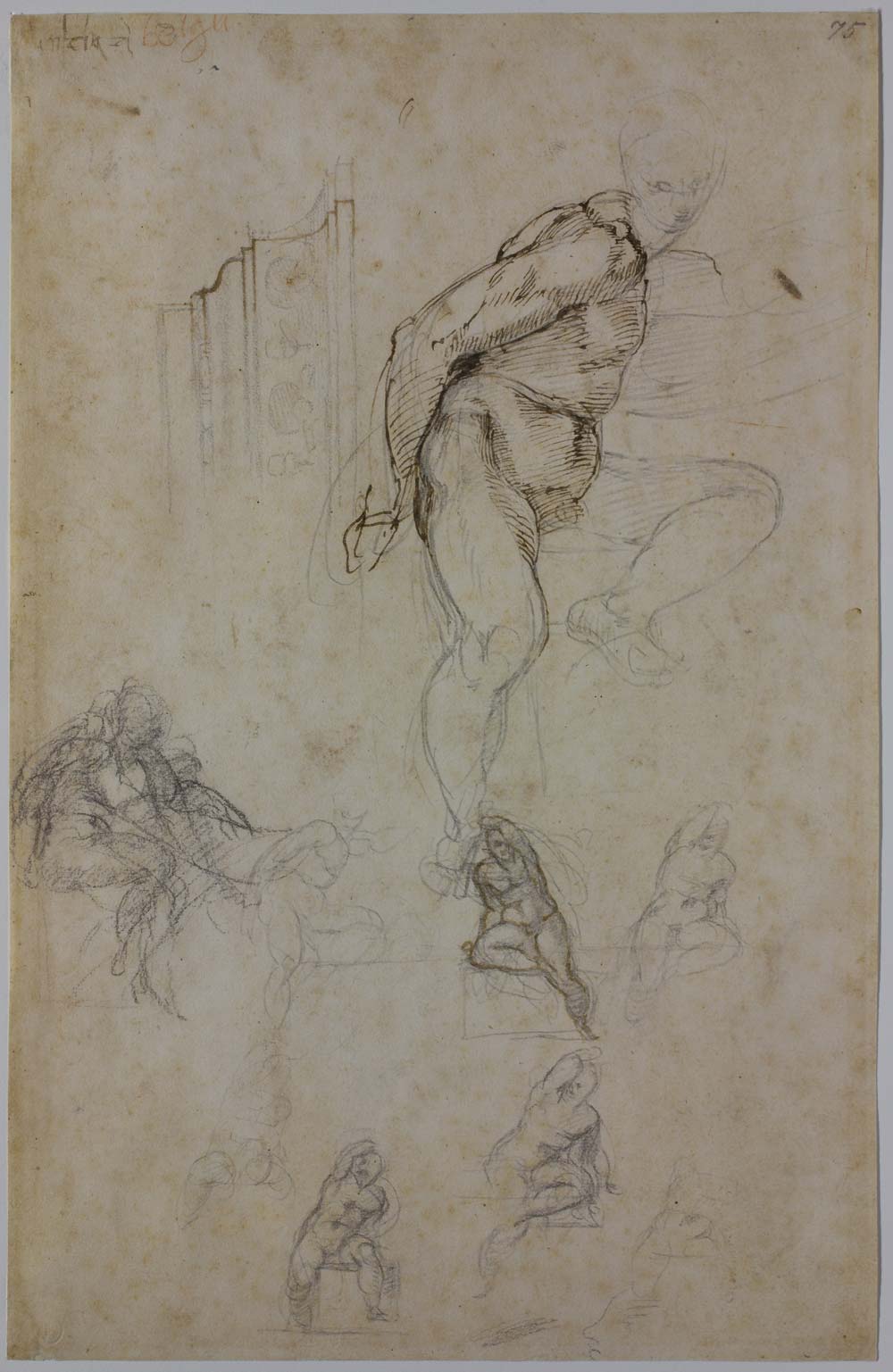
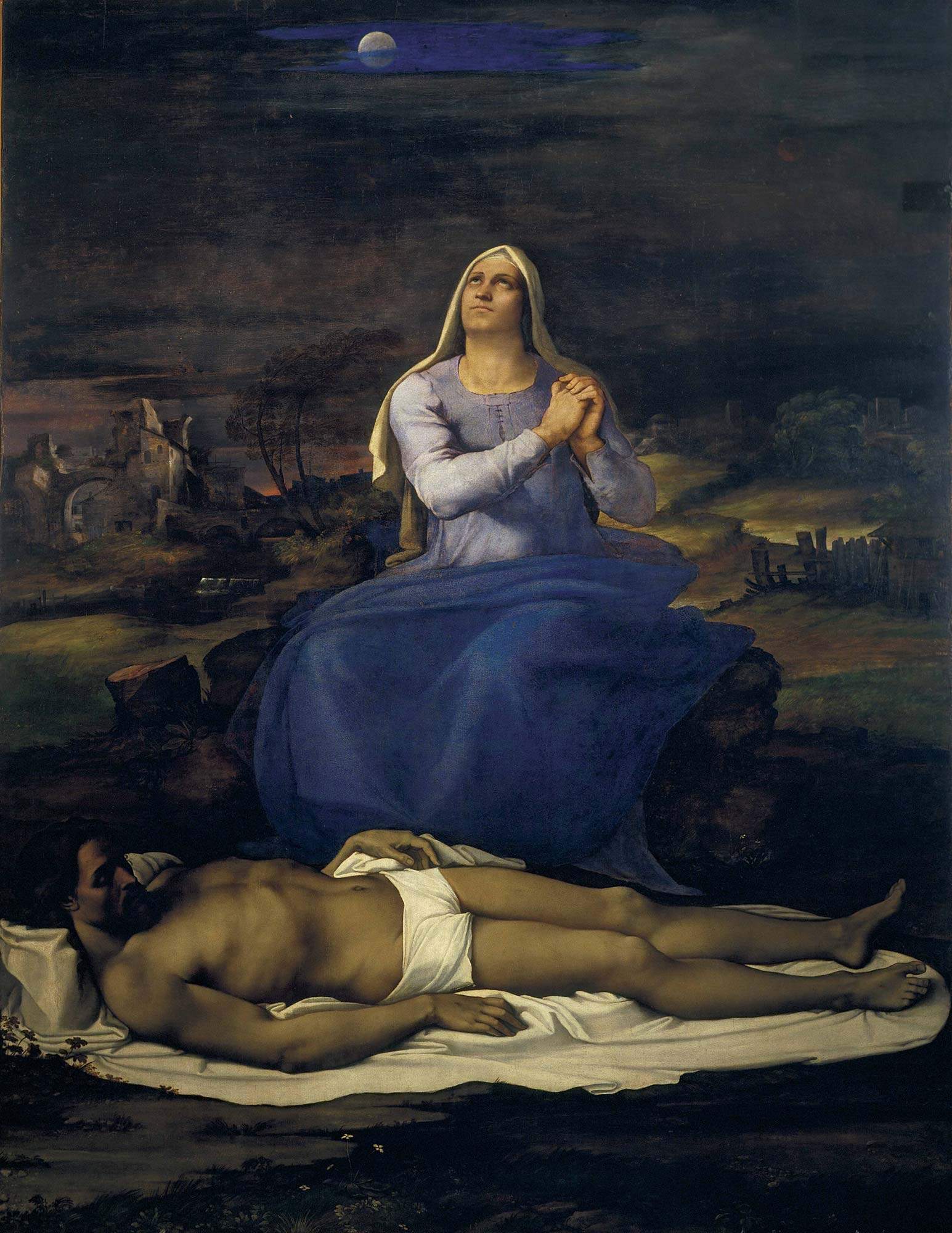
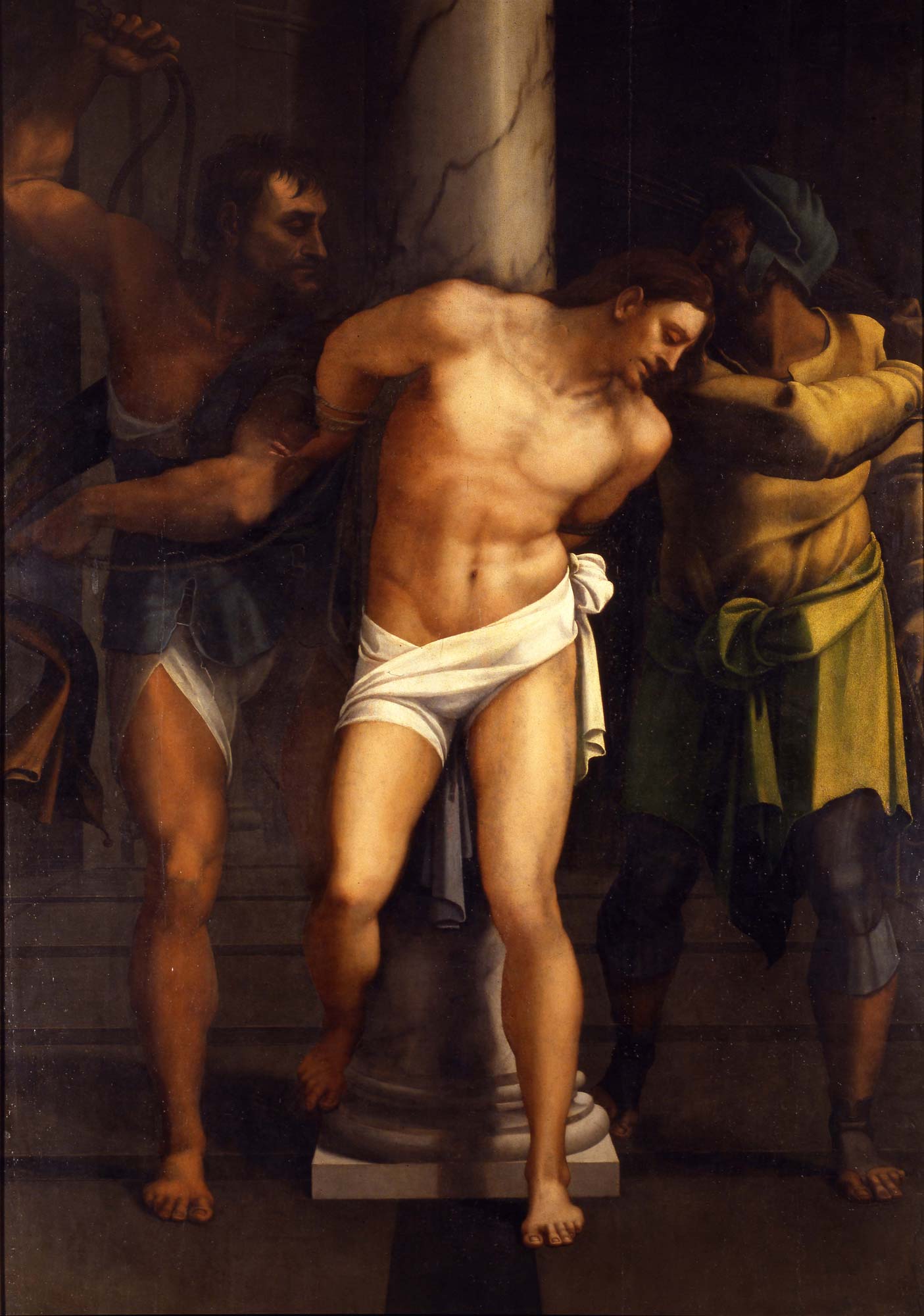
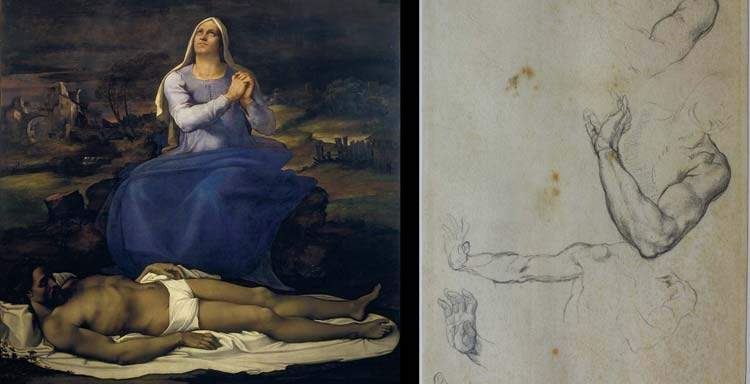 |
| Comparison between Sebastiano del Piombo and Michelangelo's drawings for the Sistine Chapel in Viterbo |
Warning: the translation into English of the original Italian article was created using automatic tools. We undertake to review all articles, but we do not guarantee the total absence of inaccuracies in the translation due to the program. You can find the original by clicking on the ITA button. If you find any mistake,please contact us.